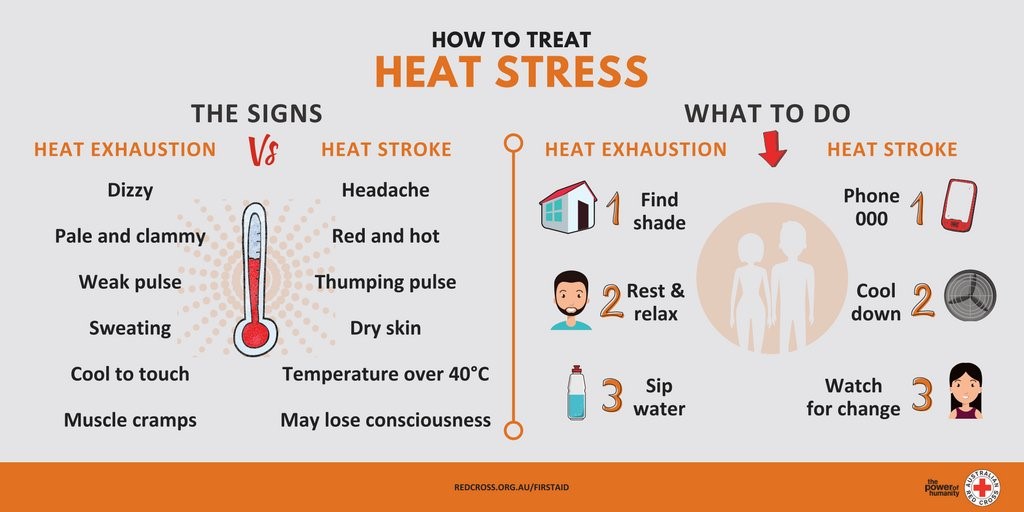Beat the heatwave
Follow these 10 hot tips to avoid heat stress during a heatwave

Heat waves happening in North Queensland right now can create life-threatening conditions for people visiting our plantations.
People succumbing to heat-related illnesses while undertaking recreation in our forests, such as heat exhaustion or heat stroke, happens more often than you might think and getting help is often complicated by limited or no mobile phone reception.
Follow these hot tips for safe recreation in plantation forests when it’s very hot and humid.
10 HOT TIPS TO AVOID HEAT STRESS IN PLANTATION FORESTS
- Check the weather and if it’s forecast to be very hot or humid, it might be a good day to do something cooler else instead.
- If you must go, take a friend and keep an eye on each other
- Ensure your means of transport is in good working condition. This isn’t a good time for a breakdown.
- Head out early and return early to beat the heat if you can.
- Avoid becoming lost by planning your route, including being familiar with bail out points if you start feeling unwell or you can’t bring up phone maps due to poor reception.
- Make sure someone else also knows where you are going and when you’re expected back and agree on an action plan if you miss your deadline. We suggest calling Policelink on 131 444.
- Dress appropriately for the conditions and the activity and be aware that full motorbike leathers in these conditions can exacerbate heat and humidity’s effect on the body.
- Have adequate water, stay hydrated and know the signs of dehydration. Remember these can be masked when you are moving quickly and creating an artificial breeze on a bike or in a vehicle.
- Consider using a personal locator beacon (PLB) or a tracking and messaging device, such as Spot or a Garmin InReach. These can send an SOS via satellite for an immediate emergency response to your location even when you have no phone reception.
- Be familiar with the signs of heat exhaustion and heat stroke and how to help yourself or someone else before it’s too late.
 Image courtesy of Red Cross Australia
Image courtesy of Red Cross Australia
